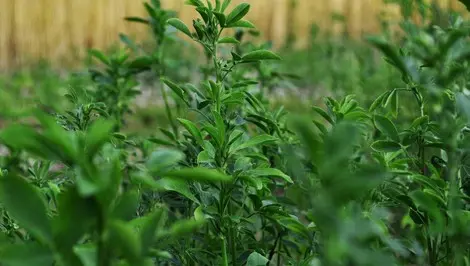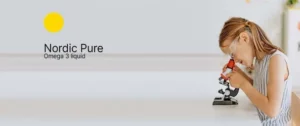There has long been a belief in healthy living that chlorophyll-rich foods like young wheat somehow help transport oxygen in the blood. Chlorophyll is often described as the blood of plants, it is a green plant pigment, the main pigment of photosynthesis, which is found in chloroplasts, the plant organs where the process of photosynthesis takes place.
Plant and animal respiration is interconnected and essential to the maintenance of all life on Earth – plant respiration produces glucose and other organic molecules and releases oxygen, which animal and human cells use in the mitochondria to produce chemical energy – ATP, releasing carbon dioxide CO2. Again, it serves as a source of carbon for plants.
Why is it worth drinking chlorophyll
Both the plant chloroplast and our mitochondria have similarities – both organelles use an electron transfer chain to convert energy. In plants, these electrons come from the Sun, whose photons/light are the basic source of all biological energy – glucose and other organic products.
The chlorophyll molecule contains a porphyrin ring as its central part, as well as organic molecules, identical to those in the human body, involved in cellular respiration and oxygen transport – hemoglobin, myoglobin and cytochrome. Hemoglobin is a protein in human blood that carries oxygen from the lungs to other tissues and cells and contains iron (Fe) in the porphyrin ring, while the porphyrin ring of chlorophyll contains magnesium (Mg).
What are the effects of using chlorophyll
Chlorophyll derivatives exposed to gastric acid are converted into the corresponding metal-free pheophytins (PHE), which are absorbed by intestinal cells and ultimately enter the bloodstream. Chlorophyll and its derivatives act through various mechanisms that include:
• antioxidant effect;
• change in genotoxic effect;
• inhibition of the cytochrome P450 enzyme (liver);
• stimulation of phase II enzymes (liver);
• increase in the level of glutathione S-transferase;
• cell differentiation, cell cycle arrest and apoptosis (cell death).
In 1931, the winner of the Nobel Prize in Physiology or Medicine, Dr. Otto Warburg discovered that oxygen deficiency is the main cause of mutations in cells. Without enough oxygen, there is no energy, and all the body's physiological processes rely on ensuring that the cells are sufficiently supplied with oxygen.
To get enough oxygen, we need strong blood – enough healthy red blood cells well filled with hemoglobin and iron-binding iron.
Chlorophyll increases oxygen uptake in the cells of our body, strengthens the blood-producing organs, rebuilds hemoglobin and prevents anemia.


